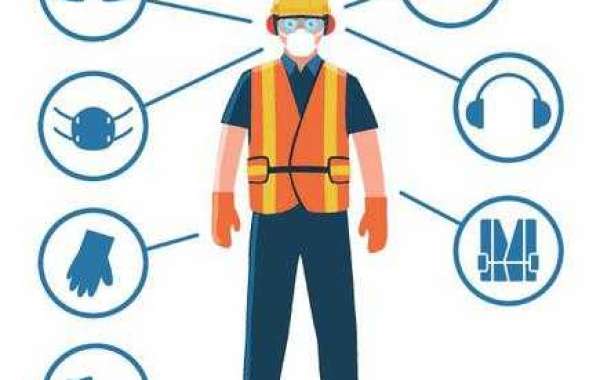Construction is one of the most important activities in the world economy, both for its contribution to the wealth of countries and for the direct and indirect jobs it generates. However, it is also one of the sectors with the highest accident rates. According to studies by the Mexican Institute of Social Security, there are more than 37,000 accidents and around 220 deaths annually within the construction sector, events that the vast majority could be avoided and prevented with security measures.
The problem is that many construction companies still consider safety as an expense and not an investment. To solve it, it is necessary to raise awareness about the impact that safety has on the productivity of workers and, above all, to know the costs involved in not preventing.
Employers often think that safety and security systems can be expensive, so they trust their workers to look after themselves. However, this is not always the case and, consequently, deaths and accidents generate large expenses that companies are obliged to cover.
In this regard, the International Labor Organization (ILO) maintains that the cost caused by occupational accidents, in the form of absences from work, treatment and benefits for disability and death, represent approximately 4% of world GDP. For this reason, he emphasizes that a solid culture of prevention in terms of safety is something positive, both for workers and for the coffers of companies and governments.
In this context, companies aimed at providing industrial safety solutions have emerged and experienced significant growth, also specializing in the installation of collective protections capable of providing an optimal level of protection for all workers on site. It is these specialists who dominate the safety control on site and the execution of industrial safety systems, and are dedicated to preserving the physical integrity and health of the personnel based on the prevention, identification, evaluation and correction of the dangers to which they are exposed. exposed workers in the performance of their daily work activities.
For example, according to the “Return on Investment of Construction Risk Management” study from the University of New South Wales in Australia, investing in safety can save significant amounts of money spent on construction incidents, which could generate a return of between 30 and 46%. This shows that the increase in investment in safety brings economic benefits to these projects, in addition to reducing time, optimizing work and preventing human losses, factors that have a positive impact on the productivity and reputation of companies.
The biggest cause of accidents
All the figures and studies reveal that falls are the main cause of accidents in high-rise construction activities. Working at height means working more than 1.8 meters above the ground and in any place where a person could fall and cause serious injury if the necessary measures are not taken. Thus, working in these circumstances is not something to be taken lightly.
According to the ILO, falls represent 50% of all deaths related to this activity. There is no distinction between low and high drops; therefore, precautions are required in any work at height to prevent or minimize the risk of injury from this.
Collective protections avoid risks of accidents through the use of safety systems such as anti-fall nets, PVC material and metal structures. But in addition to having optimal collective protections, it is essential to seek advice from specialized companies and professionals, in charge of training personnel in the assembly and use of said systems. Below are the main recommendations for any construction project:
- When it is not possible to purchase a work platform that prevents falls, such as tower scaffolds or safe work platforms, prevention measures such as nets or personal fall arrest systems should be used.
- Whenever harnesses are used, methods must be available that allow people to be rescued should they fall and become suspended in their harness. Harness providers can provide rescue equipment and training.
- Prevent stairs from slipping by guaranteeing their stability. They should be used primarily for access and only as workplaces when they are safe, light or of short duration.
- When selecting a work at height system, questions need to be answered such as: Is there space under the nets to prevent injury to those who fall into them? Is there enough clearance for the sling or reel to deploy?
- Before any work at height, permits must be obtained and clearance must be checked for equipment, taking into account details such as power lines, which can represent a risk when erecting scaffolding.
The best ways to avoid accidents
Preventing an accident from occurring is the best way to protect workers from a fatality or fall injury; in technical terms we speak of “fall prevention systems”. However, if prevention is not possible, the next option is to use fall protection, known as “fall arrest systems”, which are intended to arrest the fall of a worker in mid-descent.
Fall prevention systems
They are devices that eliminate or minimize the possibility of a worker falling while performing their activities. To be effective, prevention must be carefully planned and take place at the design stage so that systems are installed before workers arrive on site.
- railings Guardrails are excellent fall protection methods; in fact, they are the best option because they eliminate the risk of falls by putting a barrier between the worker and the edge.
- Positioning or movement restriction system. It allows a worker to travel far enough to reach the edge, but not far enough to fall off. A typical travel restraint system includes a full body harness, lanyard, and a lifeline.







